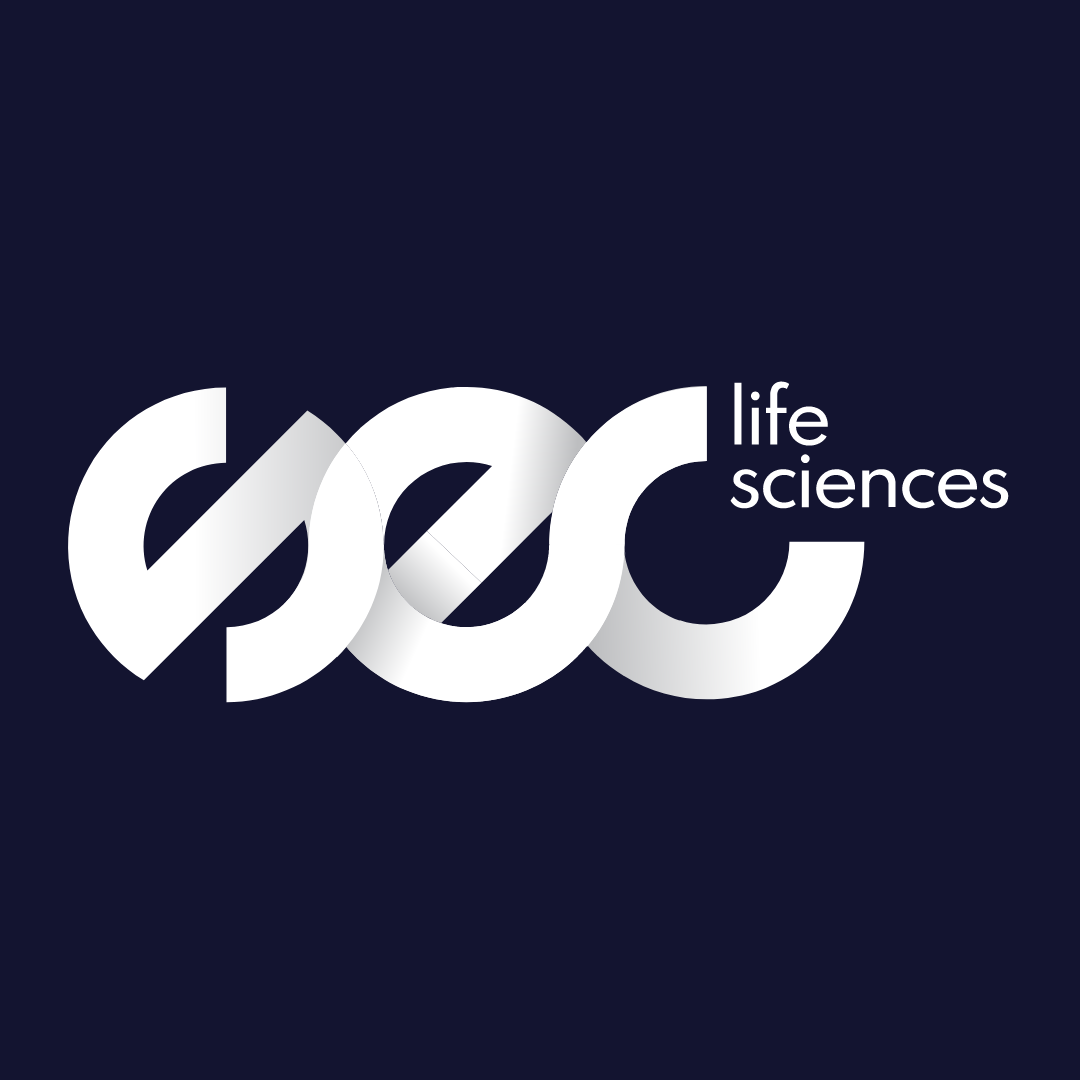Latest News
Four major developments in life science R&D to look out for in 2023
18 Oct, 20226 MinutesAs arguably the most pivotal stage in the product and pharmaceutical development cycle, it’s...

As arguably the most pivotal stage in the product and pharmaceutical development cycle, it’s no surprise that research and development remains a constantly evolving discipline. In the last few years, the R&D sector has benefited from the widespread adoption of technology that has improved processes across the board, and the entire industry is in the public spotlight now more than ever.
With development time, cost, and market access all regularly discussed in the public forum, companies are constantly looking at initiatives to enhance and improve processes – and the earliest phase in the development cycle is a prime spot to focus those initiatives.
As the sector progresses, new obstacles and opportunities present themselves. Based on the direction we know the sector is travelling in, here are the major areas that companies in the research and development space will be focusing on in 2023 and beyond.
Increase in R&D Funding
Venture capital activity and investment, particularly in the US, has accelerated in the past two years as interest in the life sciences market strengthened.
More than 2,000 deals amounting to over $47b in value took place in 2021, and the 15 largest pharmaceutical companies invested a record $133 billion in R&D expenditure - an increase of 44% since 2016.
This is very encouraging from a growth and resource point of view. If the trend is to continue, we’re likely to see funding amounts push further into the billions globally, more R&D-focused start-ups establishing themselves, and more large-scale acquisitions and buyouts. It should be considered that a large proportion of this funding is utilised for people resources. A surge in investment will result in an employment increase in the R&D space, creating opportunities for those working within the sector, but leaving top talent in greater demand.
Improving success rate and shortening timelines through collaboration
Previously, much-needed products and pharmaceuticals have been held stagnant due to the FDA’s long process of approvals. However, tech applications are already improving drug discovery and testing speeds and enabling products to pass through all the stages more quickly. One of the most effective trends and processes that’s accelerated developments and reduced timelines is collaborations and partnerships.
Smaller research and development teams benefit massively from collaboration with larger corporations, not only from a resource-sharing point of view but also by gaining visibility through association with a major industry name. We experienced a good example of this in the development of the University of Oxford - AstraZeneca Covid-19 vaccine. This partnership was a major reason the traditional development timeline of 10+ years was cut by more than 90%, with the vaccine reaching the public in a year. This was also driven by public need, but illustrates the potential when collaborating with other institutions. Oxford University had the technology and development expertise, AstraZeneca had the funding and resources to deliver a global vaccine programme at significant speed.
Partnerships not only speed up the process due to enhanced resources, but they also have the potential to increase the general exposure a product or drug gets, especially in cases where the partnership becomes international. Big names can help support smaller companies further down the development chain too, such as with clinical trial resource, manufacturing support, and market access or commercial strategy.
The shift to personalised medicine
Another emerging trend is the rise of personalised and highly niche medicines. This wave of innovation, which inherently starts with the R&D function, is focused on smaller patient populations and personalised outcomes and leads to a more diverse and fragmented R&D portfolio. More data has been created in the last two years than in the previous history of the human race. There is more data about people, their habits and their health than ever before - 90% of all recorded human data has been captured in the last two years. This data allows for R&D functions to target specific segments of the population for new treatments or to tailor existing products, increasing the efficacy rates and use of existing drugs within the population. Personalised medicine is seen to be one answer to further supporting the rare and orphan disease patient population, where drugs are rarely seen through to commercialisation, often due to limitations in patient data and financial risks involved in developing drugs for small patient populations.
For a personalised medicine strategy to be fully realised, it requires R&D professionals with a deep knowledge of their therapy area (TA) compared to the more generalist knowledge you might acquire when moving between roles and TAs. Firms in this space might require niche TA experience right through to director and leadership level, too, whereas in a larger, more generalist firm it is only required for those in a hands-on scientific role.
Adoption of AI, machine learning and other technologies in R&D
Remote monitoring and remote visits were top strategies for keeping clinical trials open during the pandemic, and the push for decentralisation and adoption of tech has rippled throughout the drug and product development cycle.
AI and machine learning is evolving the way life science companies approach drug discovery and product development. Using data to intelligently predict and model scientific outcomes enables rapid and low-cost research to take place, with a high degree of accuracy. This saves time, money, reduces many of the risks typically associated with failure at the drug discovery phase, and increases the likelihood of efficacy. However, whilst new technology has grown exponentially, the skills gap has increased as firms are finding it more difficult to find senior candidates with the necessary experience, creating a highly competitive environment for talent acquisition. Whilst more tech-leaning jobs are opening up in the life science sector, demand still outweighs supply when it comes to technically-versed life science talent.
Remedying this could involve channelling investment into upskilling existing employees; a tactic that may pay off in the long term but could be at the detriment of companies in remaining competitive in the short term.
Looking forward
Ground-breaking partnerships, the adoption of AI and technology, increases in investment and the move to personalised medicine suggests that there will be more projects being conducted and an increase in demand for jobs. This is where a biotech could experience a significant advantage if it has people with a complementary skill set to the changes being experienced in the field, however, it could also cause challenges to arise which will need to be carefully managed. It is a dynamic and interesting time for both life science companies and candidates and this is expected to accelerate in 2023 and beyond.



